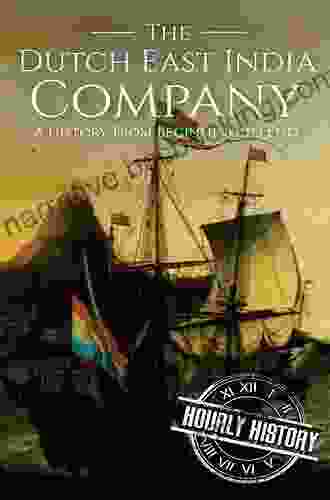Rivalry for Trade in Tea and Textiles: A Historical Examination

5 out of 5
| Language | : | English |
| File size | : | 4237 KB |
| Text-to-Speech | : | Enabled |
| Screen Reader | : | Supported |
| Enhanced typesetting | : | Enabled |
| Word Wise | : | Enabled |
| Print length | : | 243 pages |
The trade in tea and textiles has been a major source of economic and political rivalry between nations for centuries. The control of these commodities has often been seen as a key to wealth and power, and the competition for market share has led to wars, treaties, and even revolutions.
This article will explore the historical rivalry for trade in tea and textiles, examining the economic, political, and social factors that shaped this competition. We will begin by looking at the early history of the tea and textile trades, and then trace the development of the rivalry between nations for control of these markets.
The Early History of the Tea and Textile Trades
The tea trade originated in China, where tea was first cultivated as early as the 3rd century BCE. Tea was initially used as a medicinal herb, but it gradually became a popular beverage, and by the 16th century it had become a major export commodity.
The textile trade also has a long history, dating back to the ancient civilizations of Egypt and Mesopotamia. Textiles were initially made from natural fibers such as wool, cotton, and linen, and they were used for clothing, bedding, and other purposes.
By the middle ages, the tea and textile trades had become major global industries. Tea was exported from China to Europe, Russia, and the Americas, while textiles were exported from India, China, and Europe to all parts of the world.
The Development of the Rivalry for Trade in Tea and Textiles
The rivalry for trade in tea and textiles began in the early 16th century, when European powers first began to establish trading posts in Asia. The Portuguese were the first Europeans to establish a significant presence in the tea trade, and they were followed by the Dutch, the British, and the French.
The competition between these European powers for control of the tea trade led to a number of wars and treaties. In the end, the British East India Company emerged as the dominant force in the tea trade, and it maintained its monopoly on the trade for over two centuries.
The rivalry for trade in textiles also intensified in the 16th century, as European powers sought to establish new markets for their own textiles. The British, the Dutch, and the French all established textile factories in India, and they competed fiercely for market share.
The competition for trade in tea and textiles had a significant impact on the economic, political, and social development of the world. The tea trade helped to fuel the growth of the British Empire, and the textile trade helped to industrialize Europe.
The Economic, Political, and Social Factors that Shaped the Rivalry for Trade in Tea and Textiles
The rivalry for trade in tea and textiles was shaped by a number of economic, political, and social factors. These factors included:
- The relative scarcity of tea and textiles. Tea and textiles were both relatively scarce commodities in the early modern world, and this scarcity made them valuable.
- The high demand for tea and textiles. Tea and textiles were both in high demand in Europe and other parts of the world, and this demand made them even more valuable.
- The technological advances that made it possible to produce and transport tea and textiles on a large scale. The development of new technologies, such as the steam engine and the power loom, made it possible to produce and transport tea and textiles on a much larger scale than ever before.
- The political and economic interests of the European powers. The European powers were all interested in controlling the tea and textile trades, and this interest led to a number of wars and treaties.
- The social and cultural factors that influenced the demand for tea and textiles. The social and cultural factors that influenced the demand for tea and textiles also played a role in shaping the rivalry for trade in these commodities.
The rivalry for trade in tea and textiles was a major factor in the economic, political, and social development of the world. This rivalry helped to fuel the growth of the British Empire, and it helped to industrialize Europe. It also led to a number of wars and treaties, and it had a significant impact on the lives of people all over the world.
5 out of 5
| Language | : | English |
| File size | : | 4237 KB |
| Text-to-Speech | : | Enabled |
| Screen Reader | : | Supported |
| Enhanced typesetting | : | Enabled |
| Word Wise | : | Enabled |
| Print length | : | 243 pages |
Do you want to contribute by writing guest posts on this blog?
Please contact us and send us a resume of previous articles that you have written.
 Book
Book Novel
Novel Page
Page Chapter
Chapter Text
Text Story
Story Genre
Genre Reader
Reader Library
Library Paperback
Paperback E-book
E-book Magazine
Magazine Newspaper
Newspaper Paragraph
Paragraph Sentence
Sentence Bookmark
Bookmark Shelf
Shelf Glossary
Glossary Bibliography
Bibliography Foreword
Foreword Preface
Preface Synopsis
Synopsis Annotation
Annotation Footnote
Footnote Manuscript
Manuscript Scroll
Scroll Codex
Codex Tome
Tome Bestseller
Bestseller Classics
Classics Library card
Library card Narrative
Narrative Biography
Biography Autobiography
Autobiography Memoir
Memoir Reference
Reference Encyclopedia
Encyclopedia Charlise Lyles
Charlise Lyles Christopher Andersen
Christopher Andersen Charles A Rhodus
Charles A Rhodus Charles Duhigg
Charles Duhigg Chris Fagan
Chris Fagan Christie Matheson
Christie Matheson Christopher Harris
Christopher Harris Cheryl Cannon
Cheryl Cannon Christine S Richard
Christine S Richard Christopher Herrera
Christopher Herrera Chuanwei Li
Chuanwei Li Christopher Menkhaus
Christopher Menkhaus Chris Sims
Chris Sims Chris Brummer
Chris Brummer Chasta Hamilton
Chasta Hamilton Charles Sanger
Charles Sanger Christopher Rice
Christopher Rice Charles Platt
Charles Platt Catherine Ryan Hyde
Catherine Ryan Hyde Christopher De Bellaigue
Christopher De Bellaigue
Light bulbAdvertise smarter! Our strategic ad space ensures maximum exposure. Reserve your spot today!
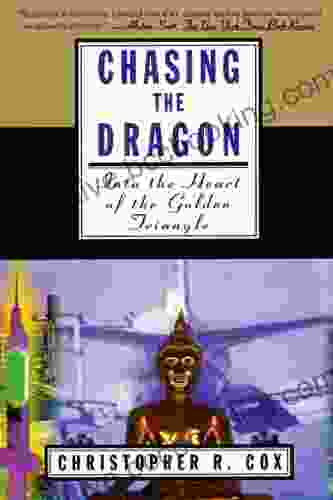
 Herman MelvilleInto the Heart of the Golden Triangle: Where History, Culture, and Nature...
Herman MelvilleInto the Heart of the Golden Triangle: Where History, Culture, and Nature...
 Dwayne MitchellThe Proven Step Plan: Stop Picky Eating, Solve Feeding Problems, and Expand...
Dwayne MitchellThe Proven Step Plan: Stop Picky Eating, Solve Feeding Problems, and Expand... Hudson HayesFollow ·18.5k
Hudson HayesFollow ·18.5k Henry David ThoreauFollow ·17.4k
Henry David ThoreauFollow ·17.4k Fyodor DostoevskyFollow ·4.2k
Fyodor DostoevskyFollow ·4.2k Joseph HellerFollow ·13.1k
Joseph HellerFollow ·13.1k Darius CoxFollow ·7.8k
Darius CoxFollow ·7.8k William WordsworthFollow ·2.6k
William WordsworthFollow ·2.6k Caleb CarterFollow ·13.5k
Caleb CarterFollow ·13.5k Samuel Taylor ColeridgeFollow ·6.9k
Samuel Taylor ColeridgeFollow ·6.9k

 J.R.R. Tolkien
J.R.R. TolkienEscape to the Culinary Paradise: "Truck Stop Deluxe In...
Prepare your palate for an...
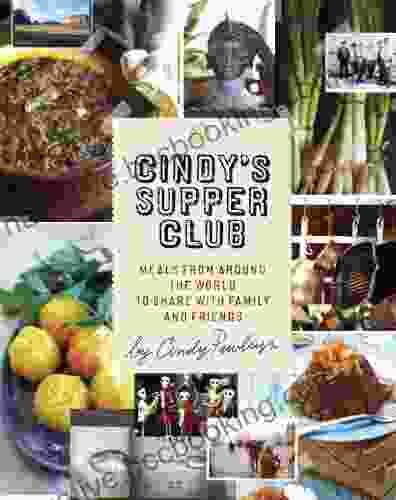
 Andres Carter
Andres CarterA Taste of the Unusual: Discover the Enchanting World of...
Prepare to be captivated by "Cindy Supper...

 Nick Turner
Nick TurnerChild Obesity: Introducing the Idea of Healthy Weight
Child obesity is a serious...
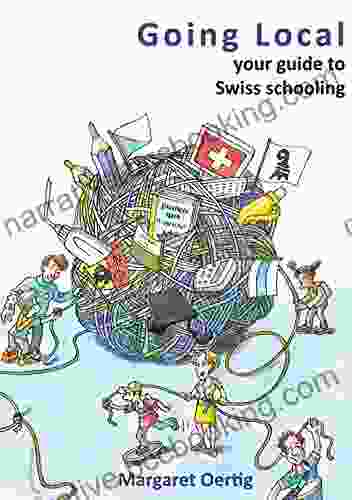
 Junot Díaz
Junot DíazGoing Local: Your Ultimate Guide to Swiss Schooling |...
In the heart of Europe, Switzerland boasts a...
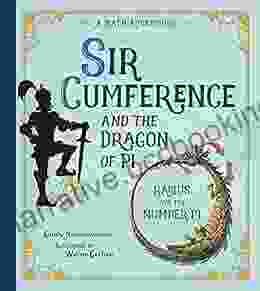
 Raymond Parker
Raymond ParkerSir Cumference and the Dragon of Pi: A Mathematical Fable
In the enchanting realm of...
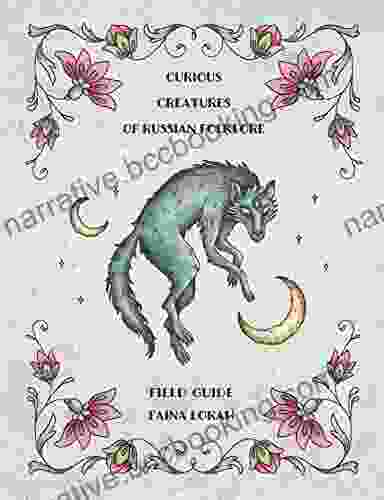
 Thomas Powell
Thomas PowellUnveiling the Enchanting Realm of Curious Creatures from...
Russian folklore is a rich tapestry of...
5 out of 5
| Language | : | English |
| File size | : | 4237 KB |
| Text-to-Speech | : | Enabled |
| Screen Reader | : | Supported |
| Enhanced typesetting | : | Enabled |
| Word Wise | : | Enabled |
| Print length | : | 243 pages |


